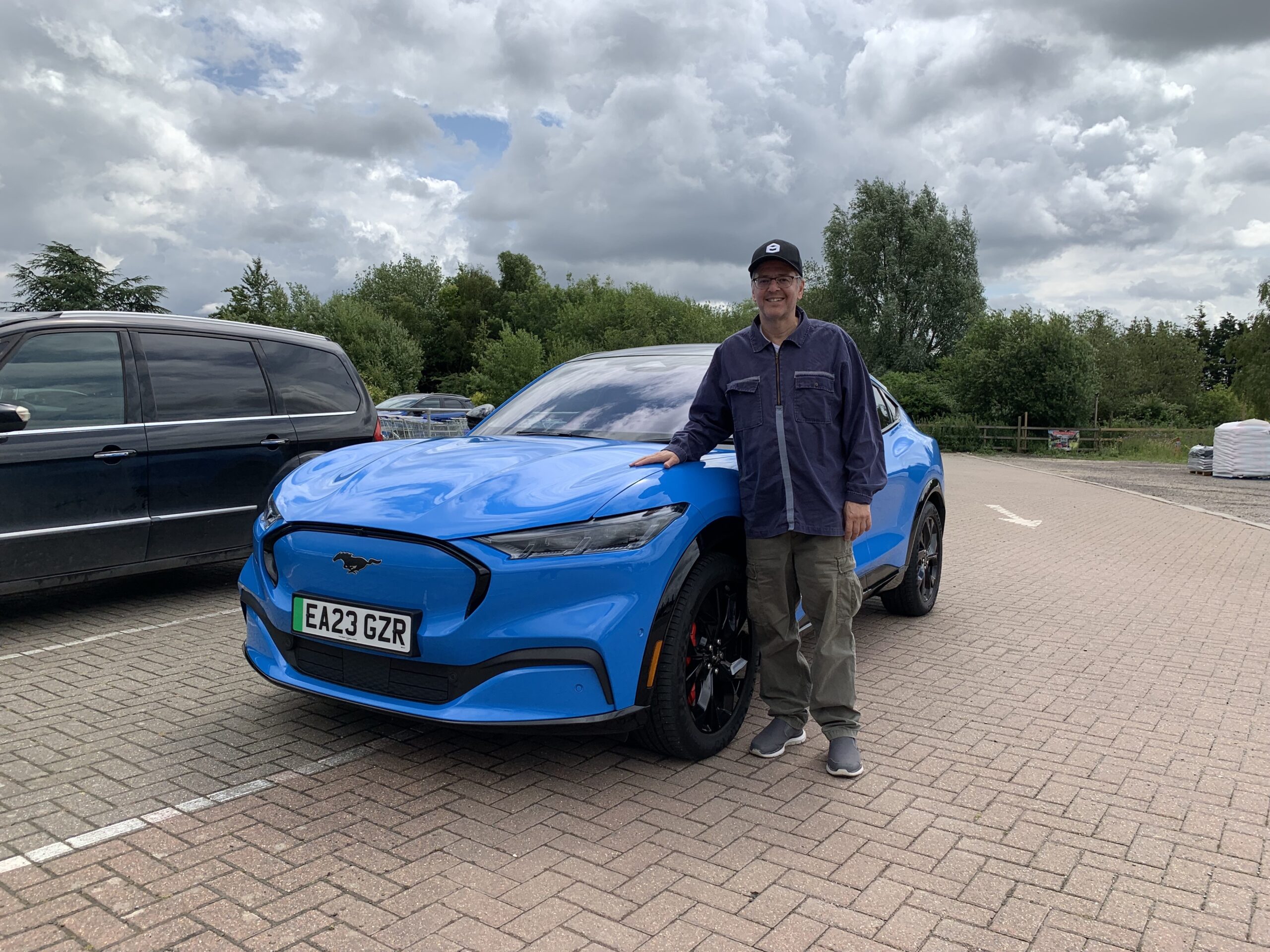Peet Hunt Analyst Oliver Tipping has issued a broker note on Seeing Machines that questions the contract size for Smart Eye’s recent US$150m win, while stating that Seeing Machines puts out minimum values for its wins. This is a point I made recently but, coming from Peel Hunt, it confirms it for any doubters out there.
Still, the most important point made in the note was that aside from its most recent $30m win, there are many more auto contracts expected to be announced by Seeing Machines early in the New Year. Tipping wrote: “This win was the first of the major European contracts Seeing Machines was hoping to win before the end of the year, thus its pipeline remains robust as it looks to deliver more wins in early 2024.”
The numbers game
Tipping also confirmed that Seeing Machines is very conservative regarding its contract values: “It is important to remember that the contract value Seeing Machines reports is conservatively based off minimum production volumes, which are likely to be far lower than the actual production values for these contracts.”
Then he went on to caution investors. “It is vital for investors to be aware of the differences between the numbers thrown around by different companies in the DMS market. For example, it would be easy to be distracted by the SEK 1.55bn (US$150m) figure quoted in Smart Eye’s most recent win (which we believe to be General Motors). However, we are unclear how this figure has been calculated as Smart Eye does not disclose its method for calculating the value of these contacts. In addition, this contract was as a tier 1 supplier to the OEM. Given it currently acts as a tier 2 supplier to this OEM, its CEO stated volume as a tier 1 supplier is only likely to ramp in 2029, into the 2030s (not from 2027 as mentioned in the RNS) and thus has no impact on cash generation in the short to medium term.”
Tipping went on to stress that the key indicator of success is cars on the road, stating: “Until Smart Eye starts reporting this number, the tangibility and true worth of the contract wins remains unclear.”
Still, I’m sure the figures put out by Smart Eye will help it immensely in any future fundraising efforts.
Aside from dealing a knock-out blow to those who think Smart Eye is the global leader in driver and occupant monitoring, the note maintained its ‘Buy’ stance on Seeing Machines and its 12p price target.
Importantly, it also confirmed that Seeing Machines has, as promised by CFO Martin Ives, started to cut its expenditure. Analyst Oliver Tipping wrote: “Management confirmed that it has executed the first of its cost-cutting measures aimed at bringing the cash burn down to break-even by FY25 (-$3m a month exit run rate from FY23). We await further details in the 1H24 update, but this will be crucial in underpinning the long-term viability of the business. For now, the company has a strong balance sheet, which should see it to its targeted break-even date.”
Auto contracts worth $1bn
With its latest win Seeing Machines now has auto contracts officially worth US$366m. However, as previously stated, given Seeing Machines propensity to cite minimum values that turn out to be much larger, I believe the real worth of those contracts is approximately 3 times that. Yes, $1bn!
Why is that significant? Well $1bn in auto contracts surely makes it a very desirable candidate for a takeover in the very near future, particularly as it is soon to hit break-even.
With the move to assisted driving taking over from dreams of full autonomy and legislation coming into effect this year in Europe that mandates driver monitoring, the future is looking very bright for Seeing Machines.
The writer holds stock in Seeing Machines.

